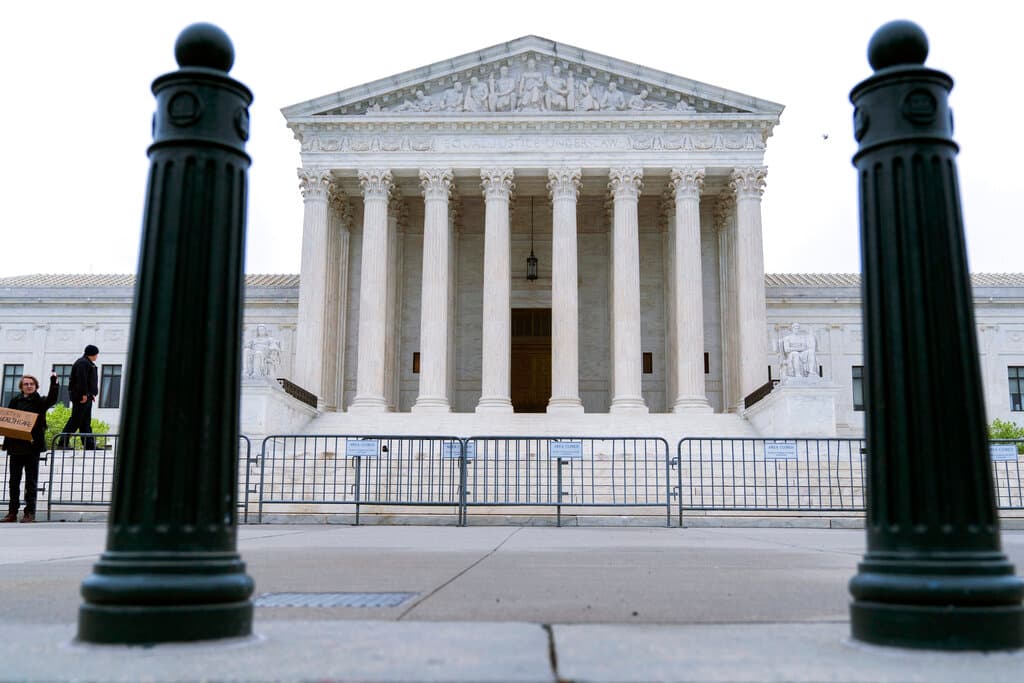Affirmative Action After the Court’s Abortion Decision
As the Harvard case demonstrates, elite universities have taken Supreme Court decisions as a license to conduct racially preferential admissions decisions.

Buried in the leaked Supreme Court draft abortion opinion, Justice Samuel Alito discusses “workability.” He explains the court should consider reversing even longstanding precedents that are unworkable, i.e., that fail to set a standard “which can be understood and applied in a consistent and predictable manner.”
Please check your email.
A verification code has been sent to
Didn't get a code? Click to resend.
To continue reading, please select:
Enter your email to read for FREE
Get 1 FREE article
Join the Sun for a PENNY A DAY
$0.01/day for 60 days
Cancel anytime
100% ad free experience
Unlimited article and commenting access
Full annual dues ($120) billed after 60 days
